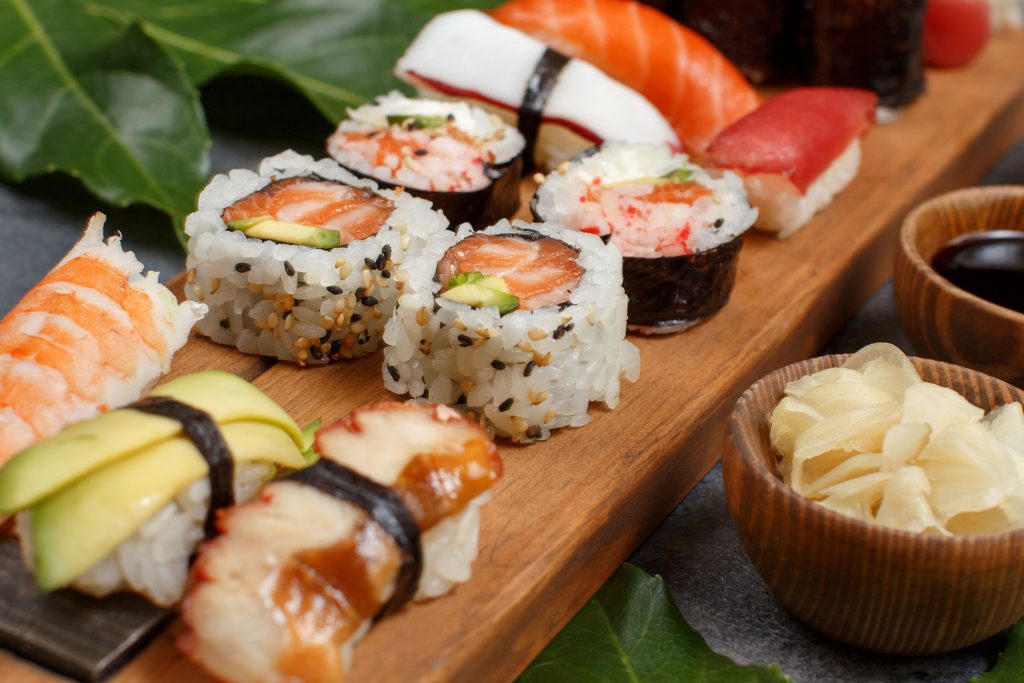June 18th is International Sushi Day. You can’t buy happiness, but you can buy sushi, which is kinda the same thing.
In the last two decades, it’s become a bit of a sensation, the traditional Japanese meal known as sushi. Often considered to be simply raw fish (In Mexico We Have a Word For Sushi: Bait), and thus snubbed by many people, the truth behind what sushi is is more complex, and it can be a delicious repast for those so inclined. International Sushi Day celebrates this potentially delicious meal and seeks to raise awareness about the truths and fictions surrounding it.
Tracing sushi’s origins leads us on an interesting journey, taking us back to SE Asia and a method of storing and preserving fish for later consumption. Known as Narezushi, fish was stored by being wrapped in salted and fermented rice where it would remain good for months at a time thanks to the fermentation of the rice. Originally the rice was thrown away when it was ready to eat, and only the fish was consumed.
The next stage in the development of sushi would be far more familiar to the modern palate, known as namanare it was made from partly raw fish that was wrapped in fish and consumed before the flavor changed. Sushi had changed from a way to preserve fish to a new form of cuisine. But this wasn’t the last stage in the evolution of the food.
It was in the Edo Period, between 1600 and 1800 AD in Japan, that the traditional form of sushi we know today came to exist. At this point it was unique to Japanese culture and consisted of fish and vegetables wrapped in rice, the rice was mixed with vinegar. This form of sushi had regional variations, but the basic idea is still one of the most popular forms of sushi today.



